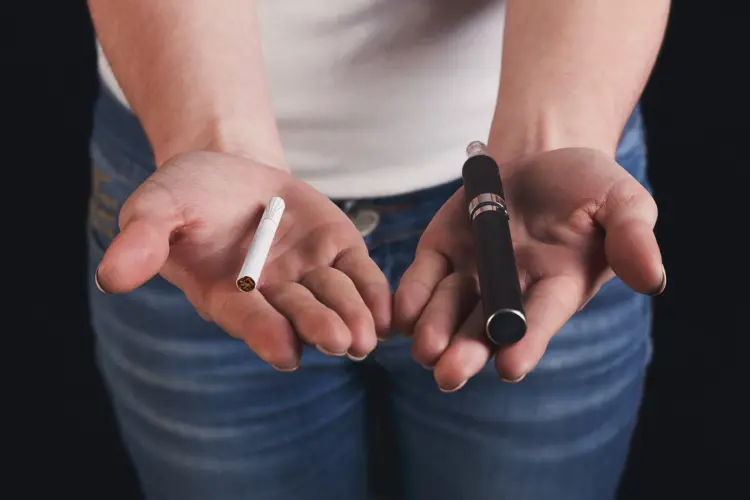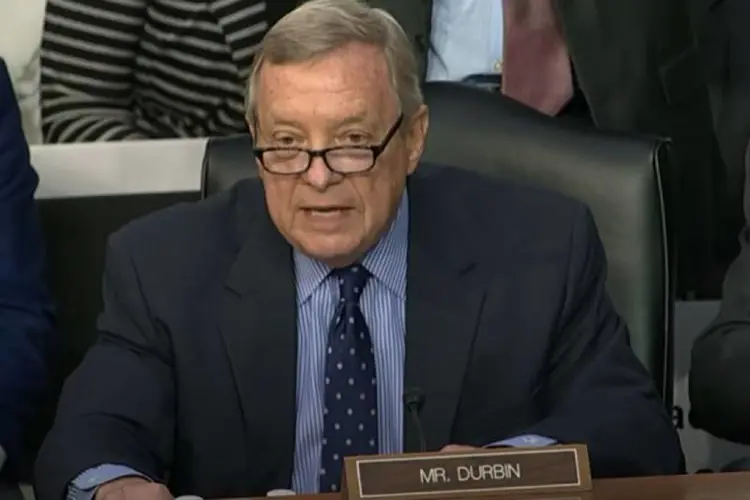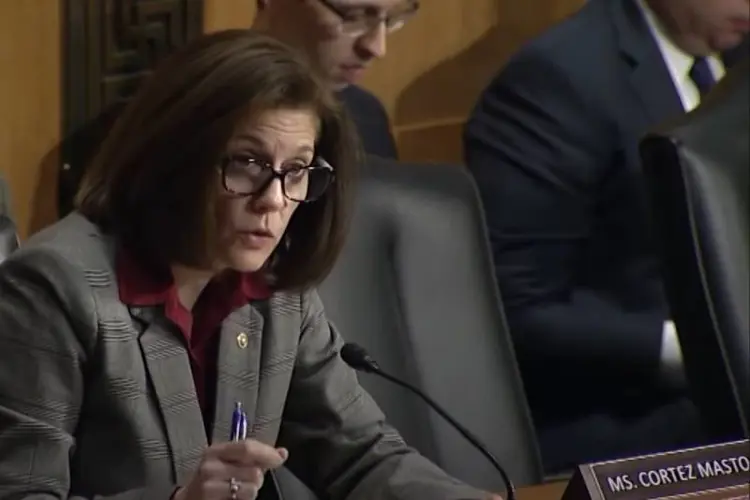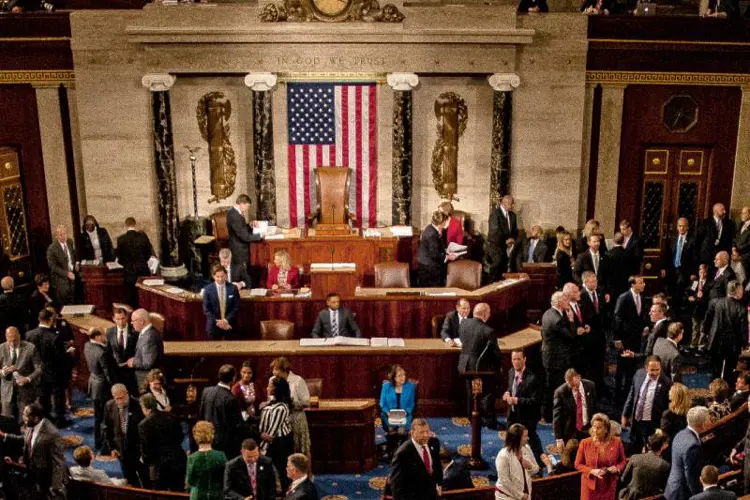Until recently, taxes on vaping products in the United States were rare. That all changed with the panic over JUUL and teen vaping. With every news story that hyped the "epidemic" of adolescent use came added pressure for legislators to do something. And one of their favorite things to do is raise taxes.
As we celebrated New Year’s Day 2019, just nine states and the District of Columbia had vapor product taxes. On Aug. 1, 2020, 25 states will have a tax—as well as D.C., Puerto Rico, two Alaskan boroughs, counties in Illinois and Maryland, and the city of Chicago. When Georgia’s tax goes into effect next year, more states will have a vape tax than not. Cigarettes, of course, have been taxed at widely differing rates for decades.
Is it possible that increasing taxes on vaping products will drive some people to smoking—and vice versa? The answer is yes, according to a new study from Georgia State University researcher Michael Pesko and two colleagues. The paper was published in the Journal of Risk and Uncertainty.
The authors show that increasing taxes on vaping products results in a corresponding and predictable increase in cigarette use. Likewise, increasing the cigarette tax boosts adoption of vaping products. Unlike previous studies, the authors don’t simply measure sales increases in one or both categories, but actual use of the products. And because they were able to access “geocoded” versions of the survey datasets they employed, they were able to accurately assess the effects of tax changes in closeup detail, studying specific geographic areas and cross-border economic activity.
A $1 (per milliliter) increase in the vapor product tax increased daily smoking by 5.3 percent.
The authors used data collected in two large U.S. government surveys—the Behavioral Risk Factor Surveillance System (BRFSS), and the National Health Interview Survey(NHIS). Smoking data were available for the period between 2011 and 2018. But because the surveys didn’t collect vaping data until 2014 (NHIS) and 2016 (BRFSS), those were the first years they were able to study.
The authors explain that cigarettes and vapor products seem to be economic substitutes. That means that a price increase in one product will cause sales growth in the other (an effect called cross-price elasticity). In some states, like New York, cigarette prices are so high that it might be almost impossible to tax vapes enough to send vapers back to smoking for price reasons alone. But in many states that isn’t the case, and changes in the tax rates do push consumers from one product to the other.
The researchers found that a $1 increase in the per-pack cigarette tax increased daily vaping by 14.2 percent. A $1 (per milliliter) increase in the vapor product tax increased daily smoking by 5.3 percent. The effect was especially noticeable in consumers under age 40, who are more likely to migrate from cigarettes to vapes than older adults.
“These results suggest that smokers use e-cigarettes when traditional cigarette taxes rise, either to continue to consume some portion of their regular nicotine at a lower relative price or as a means to quit smoking,” the authors write.
They also observed that a $1 increase in the vaping product tax reduces the probability of dual use (using both products during the same time period). Dual use is often portrayed by anti-vaping groups as being worse than smoking alone, but it can be an indicator that a smoker is trying to quit or substantially reduce their cigarette intake—both very good things.
For public health reasons alone, substantially differential taxes---favoring vaping products---should be the policy goal of ethical lawmakers.
“E-cigarette taxes may reduce dual use rates by discouraging adult smokers from trying to use e-cigarettes to quit,” the authors write, correctly identifying dual use as a positive step rather than a necessarily negative outcome.
Vaping advocates have always believed that vapers—especially new and uncommitted vapers—are highly sensitive to price fluctuations in vapes and cigarettes. Now there is real evidence to show legislators when they question whether e-liquid or device taxes will really send users back to cigarettes. They will. For public health reasons alone, substantially differential taxes—favoring vaping products—should be the policy goal of ethical lawmakers.
“These results suggest caution in regulating e-cigarettes because e-cigarette regulations may have a harmful, unintended consequence: increased smoking of traditional cigarettes,” write the researchers.
Dr. Pesko has been studying the economics of vaping and smoking for a few years, turning out a series of interesting studies. Many of them, including the current one, were first published by the non-partisan National Bureau of Economic Research. His co-authors, Charles J. Courtemanche (University of Kentucky) and Johanna Catherine Maclean (Temple University), have also published extensively at NBER.
The Freemax REXA PRO and REXA SMART are highly advanced pod vapes, offering seemingly endless features, beautiful touchscreens, and new DUOMAX pods.
The OXVA XLIM Pro 2 DNA is powered by a custom-made Evolv DNA chipset, offering a Replay function and dry hit protection. Read our review to find out more.
The SKE Bar is a 2 mL replaceable pod vape with a 500 mAh battery, a 1.2-ohm mesh coil, and 35 flavors to choose from in 2% nicotine.
Because of declining cigarette sales, state governments in the U.S. and countries around the world are looking to vapor products as a new source of tax revenue.
The legal age to buy e-cigarettes and other vaping products varies around the world. The United States recently changed the legal minimum sales age to 21.
A list of vaping product flavor bans and online sales bans in the United States, and sales and possession bans in other countries.


















